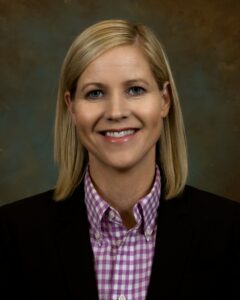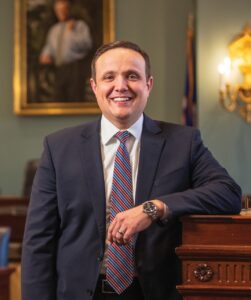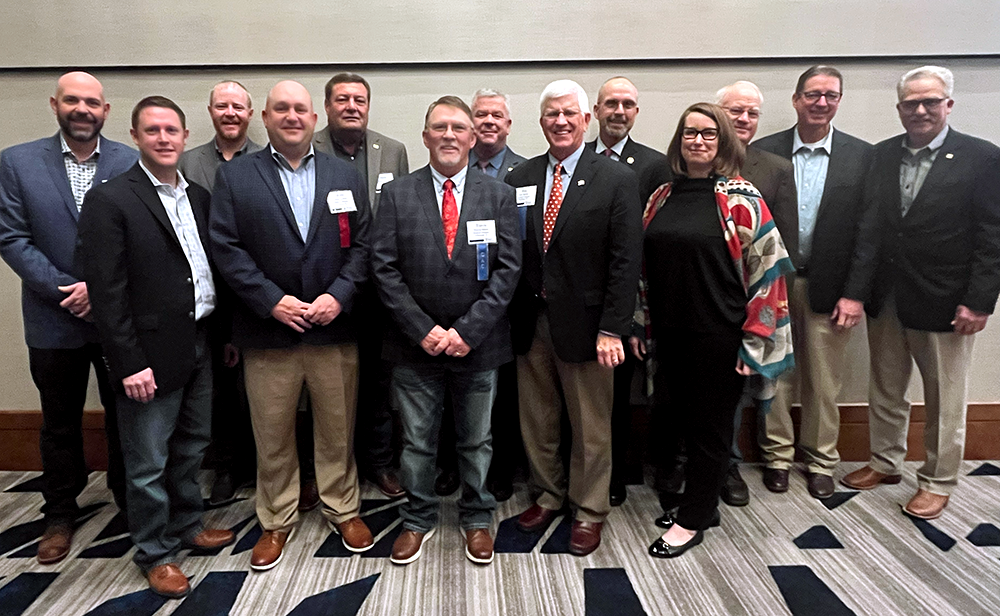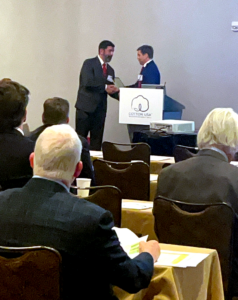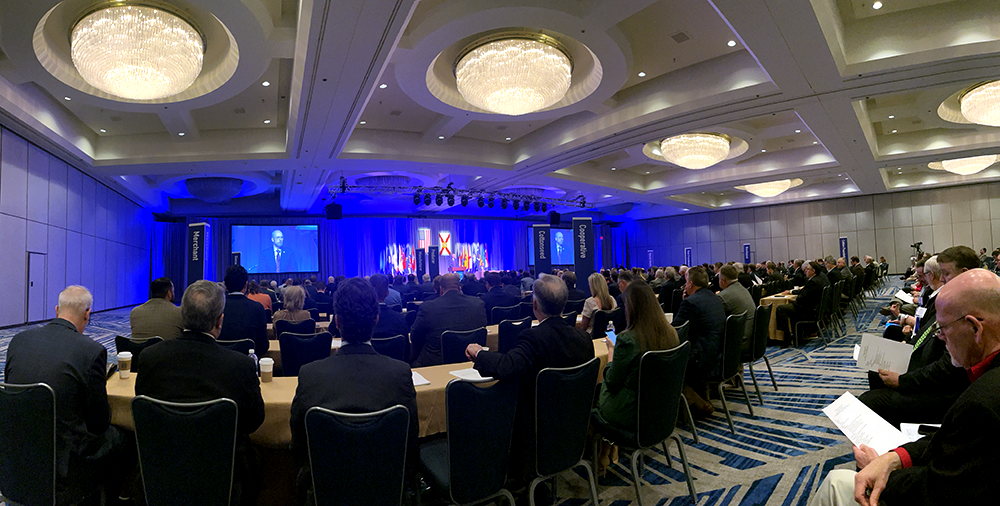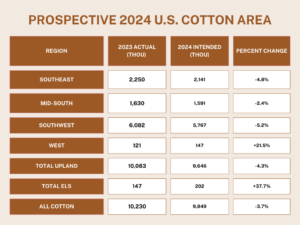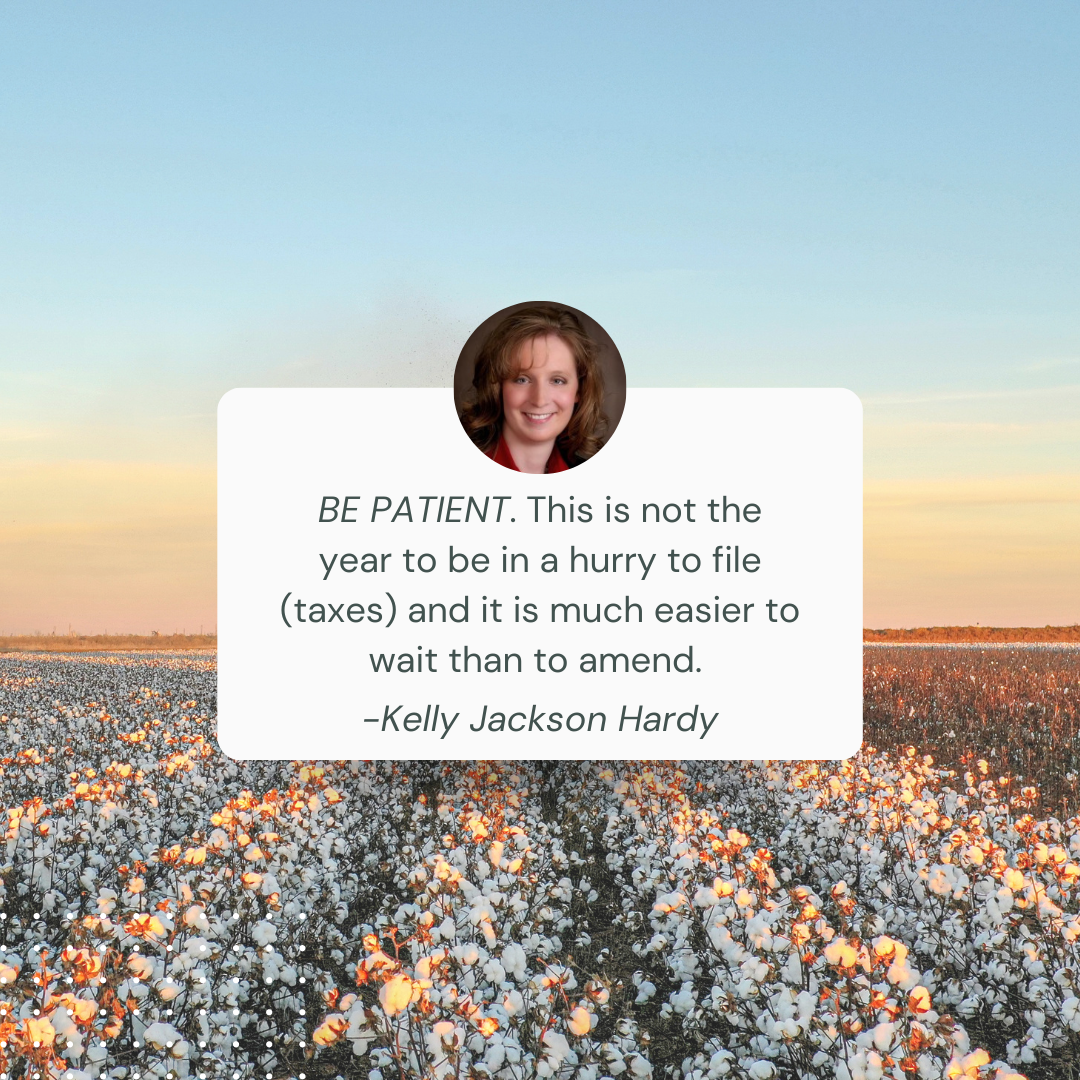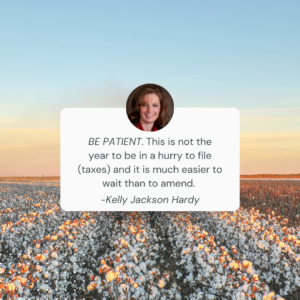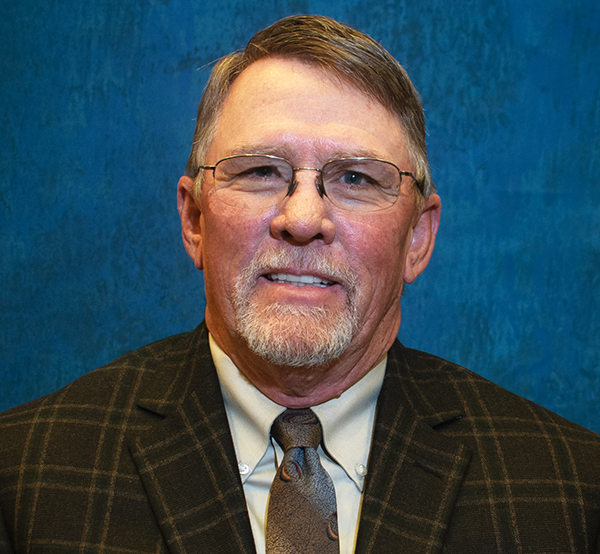
Welcome to the April 12, 2024 issue of Cotton News, a service provided by Plains Cotton Growers Inc. for the cotton industry in the Texas High Plains and beyond.

Plains Cotton Growers Inc. Conducts Elections for 2024-2025 Term
At the Plains Cotton Growers Board of Directors Meeting April 1, the organization conducted officer and executive committee elections. PCG board chairman Brent Nelson rotated off of the officer team, but will continue serving on the PCG PAC board as a trustee.
The new PCG officer team for the next two years consist of the following:
President — Travis Mires, O’donnell, Texas
Vice President — Brent Coker, SpringLake-Earth, Texas
Secretary/Treasurer — Jon Jones, Floydada, Texas
Chairman — Martin Stoerner, Lockney, Texas
“We want to thank Brent for his service to our industry and organization over the last eight years,” Stoerner said at the board meeting April 1. “I appreciate the example he provided for me before I stepped into this role.”
As Stoerner steps into the chairman role, he will also serve as a trustee on the PCG PAC board.
The PCG executive committee election results: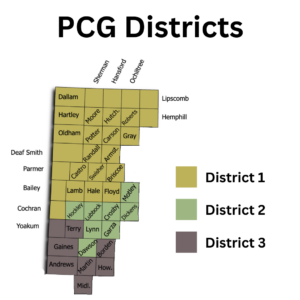
Three representatives from each district of PCG are elected to serve on the organization’s executive committee. The current representatives for 2024 to 2025 are the following:
District One
Kyle Benson, Hale Center; Steve Olson, Plainview; Jordy Rowland, Dimmitt
District Two
David Carter, Levelland; Scott Harmon, Idalou; Rex Kennedy, Lubbock
District Three
Jeremy Brown, Lamesa; Cody Ellison, Denver City; Carl Pepper, Borden County
The executive committee of the PCG Board of Directors guides the organization in financial and staffing decisions.
“We’re excited for the upcoming crop year and blessed as an organization to have the support of our officers, executive committee and board of directors as a whole,” said PCG CEO Kody Bessent.
Upcoming Events
Plains Cotton Growers Advisory Group Meeting
Date: May 10, 2024
Location: PCG Conference Room, Lubbock, Texas
Plains Cotton Growers Advisory Group Meeting
Date: May 24, 2024
Location: PCG Conference Room, Lubbock, Texas
Plains Cotton Growers Advisory Group Meeting
Date: June 7, 2024
Location: PCG Conference Room, Lubbock, Texas
For a full list of upcoming events, see the Events Page.
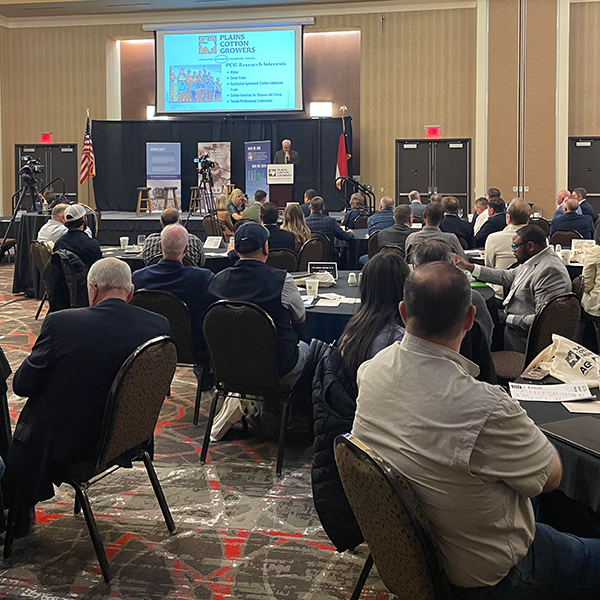

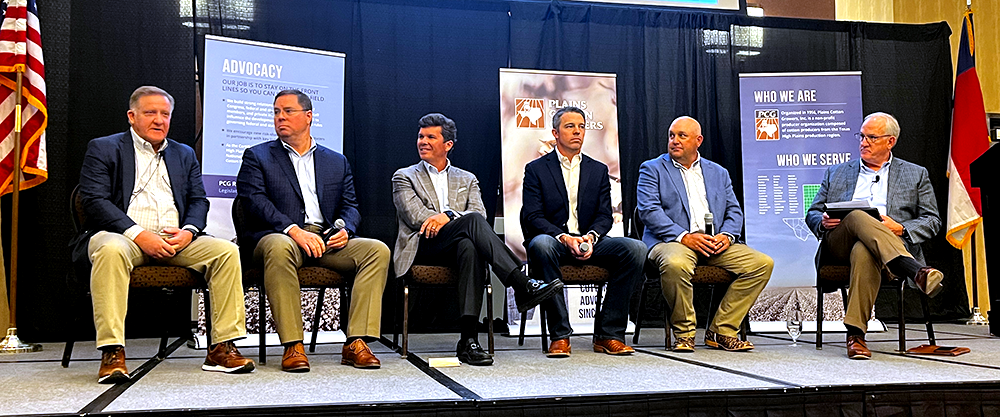
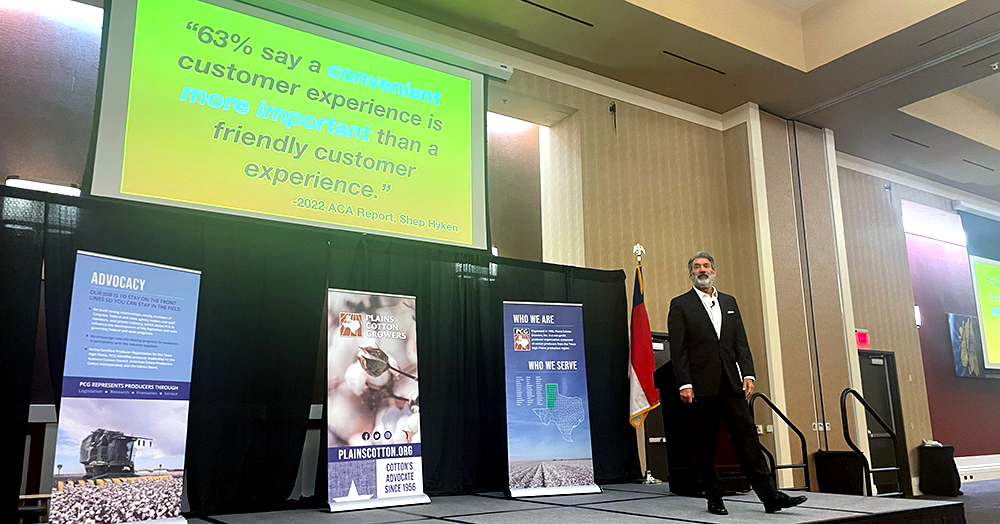
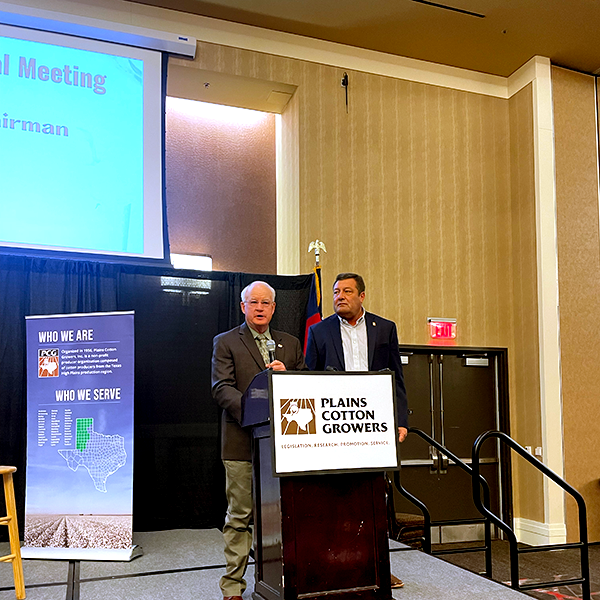
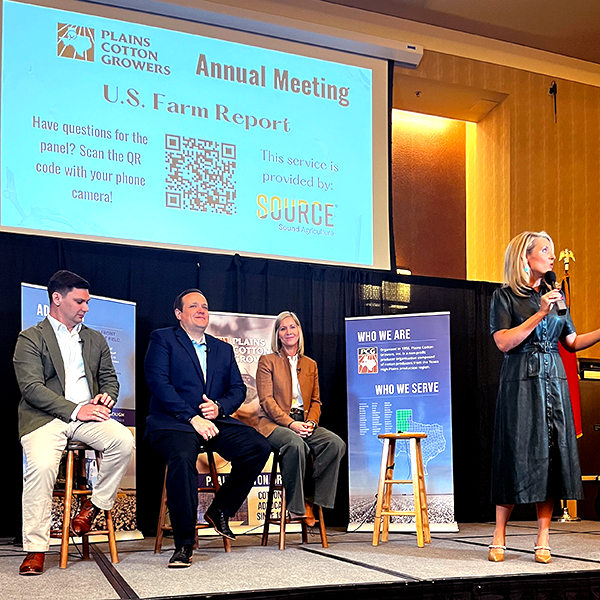
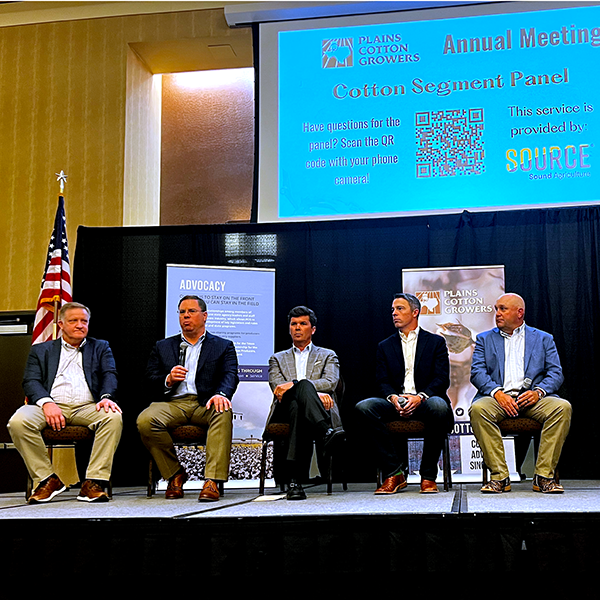
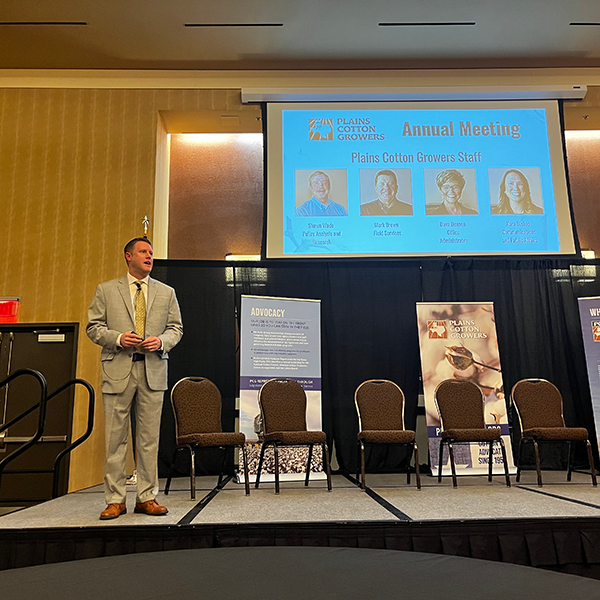
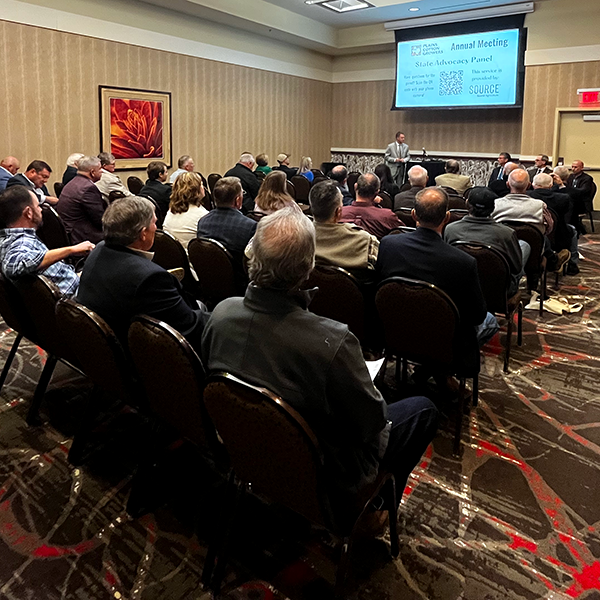
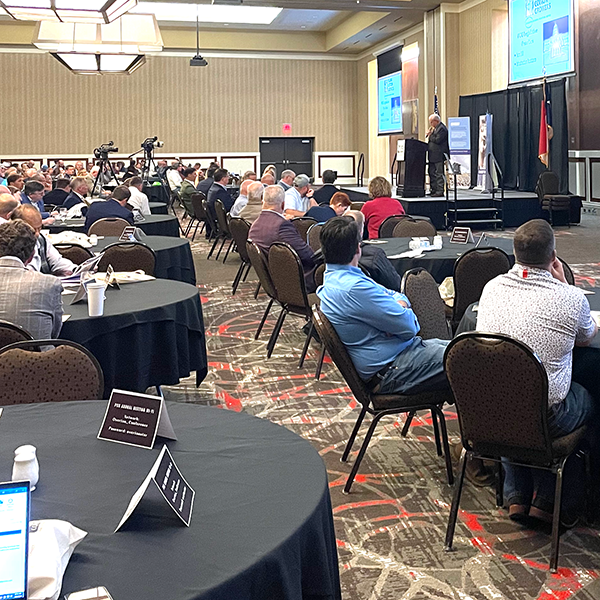
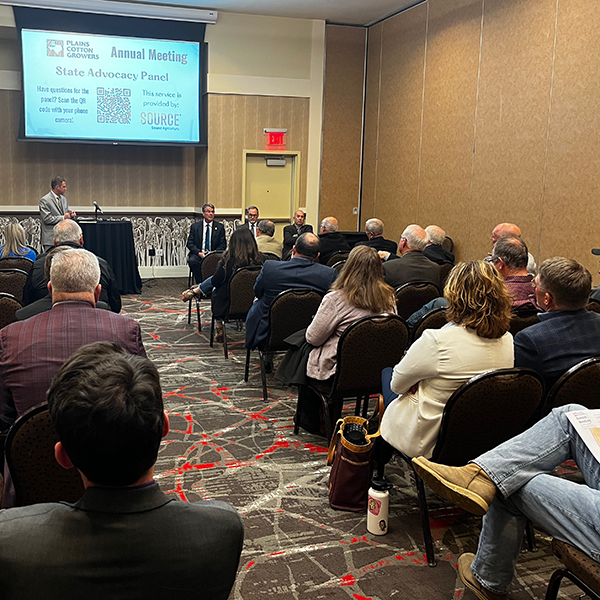
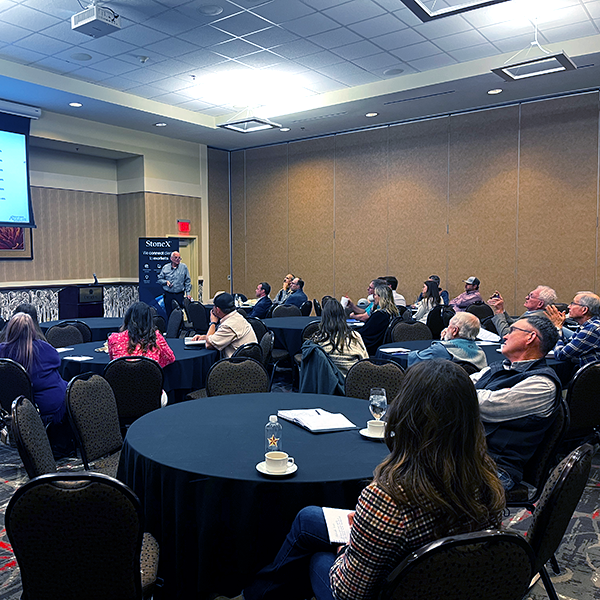
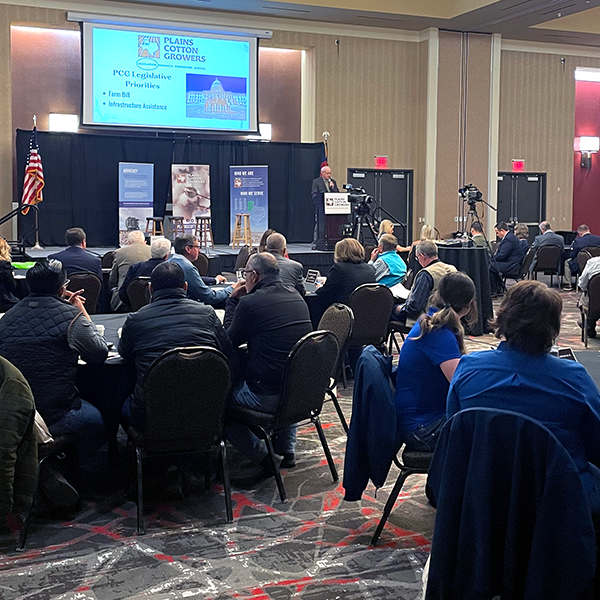
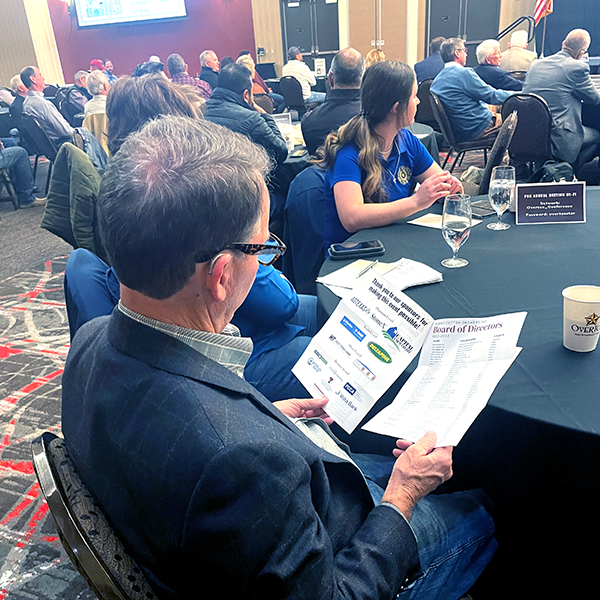

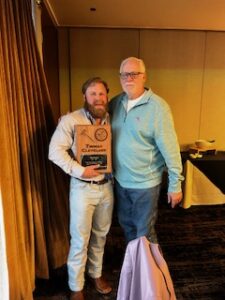
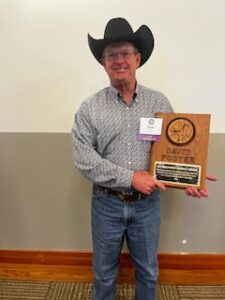
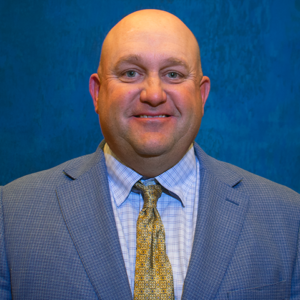


 partnership in The Macon Edwards Company, a Washington based government affairs firm. He has engaged in agricultural financial services through his participation in the creation and opening of Covenant Bank. Allen is an active stakeholder in a vertically integrated agribusiness encompassing a production farming operation, ground and areal application services, seed and crop protection retail, ginning, an extensive grain storage and shipping operation, and agricultural real estate holdings in Mississippi. Additionally, Allen is a partner in Miss Cal Orchards, a California based almond farm.
partnership in The Macon Edwards Company, a Washington based government affairs firm. He has engaged in agricultural financial services through his participation in the creation and opening of Covenant Bank. Allen is an active stakeholder in a vertically integrated agribusiness encompassing a production farming operation, ground and areal application services, seed and crop protection retail, ginning, an extensive grain storage and shipping operation, and agricultural real estate holdings in Mississippi. Additionally, Allen is a partner in Miss Cal Orchards, a California based almond farm.
 He has worked at Farmers Cooperative Compress since 2005 and took on the role as CEO in July of 2020. Eric and his wife Christine have three children, Sarah, Ben, and Hugh, and two international students from China that have become a part of the family, Chen and Eric. Christine is the Superintendent of Catholic Schools for the Dioceses of Lubbock and Amarillo. Sarah earned her food science degree from Texas Tech University and now works as a business development manager for HEB’s seafood category. Their second, Ben, is an Officer in the US Air Force and is currently in pilot training. Their youngest, Hugh, attends Texas A&M University and is studying Agricultural Economics.
He has worked at Farmers Cooperative Compress since 2005 and took on the role as CEO in July of 2020. Eric and his wife Christine have three children, Sarah, Ben, and Hugh, and two international students from China that have become a part of the family, Chen and Eric. Christine is the Superintendent of Catholic Schools for the Dioceses of Lubbock and Amarillo. Sarah earned her food science degree from Texas Tech University and now works as a business development manager for HEB’s seafood category. Their second, Ben, is an Officer in the US Air Force and is currently in pilot training. Their youngest, Hugh, attends Texas A&M University and is studying Agricultural Economics. Texas, Oklahoma, and Kansas to textile mills worldwide.
Texas, Oklahoma, and Kansas to textile mills worldwide.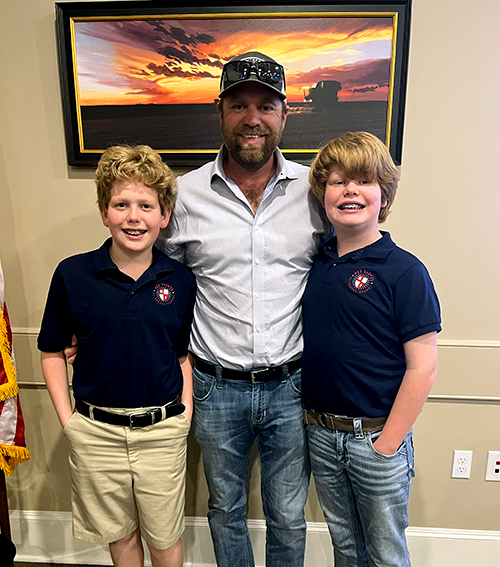
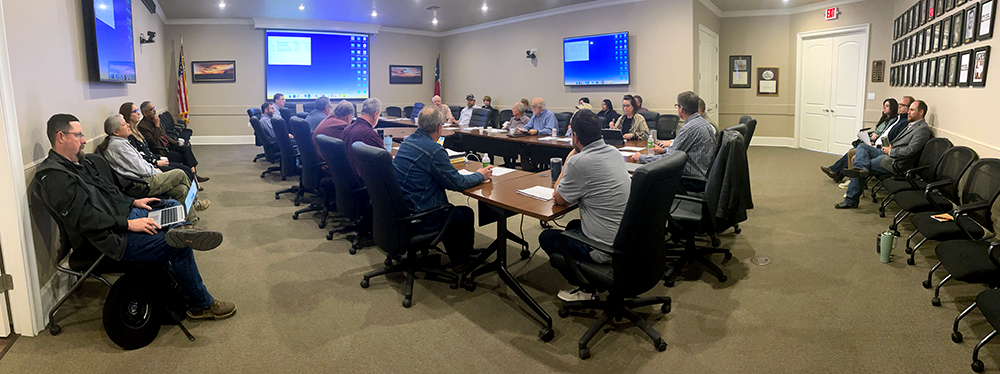

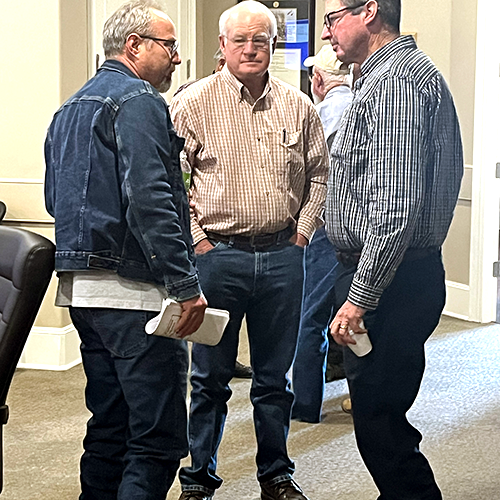
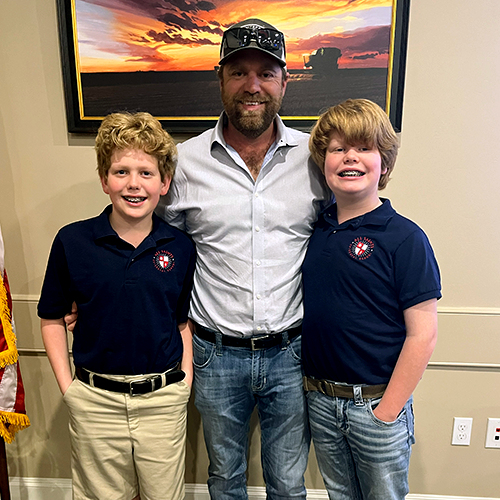

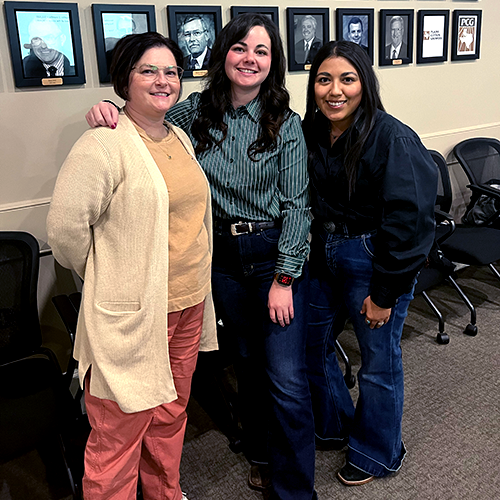
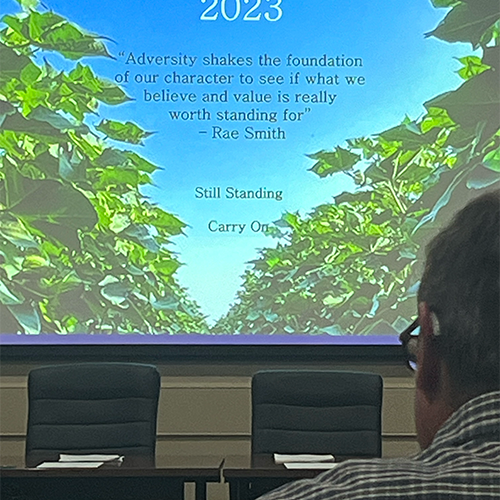
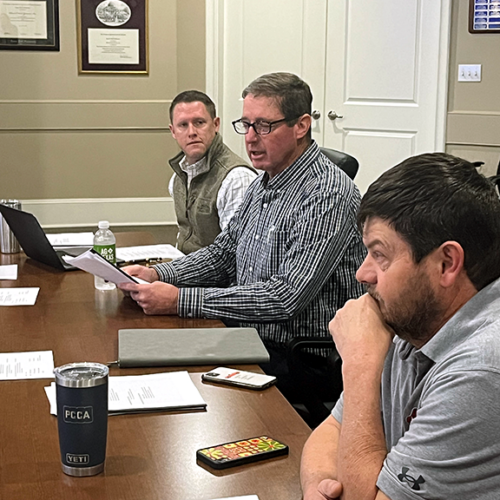
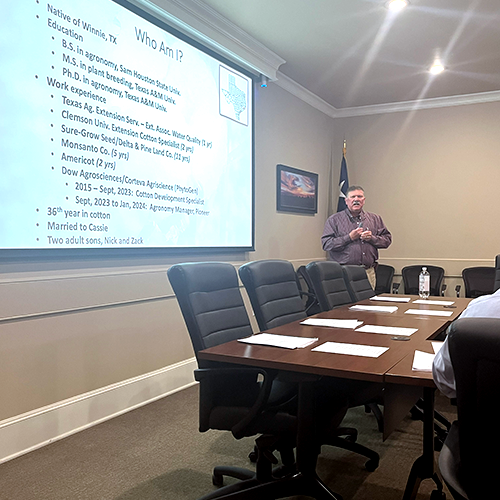




 Plains Cotton Growers is praying for all those affected by the Panhandle wildfires. And one day, we won’t endure tragedy as Isaiah says:
Plains Cotton Growers is praying for all those affected by the Panhandle wildfires. And one day, we won’t endure tragedy as Isaiah says:
























 This year, PCG will host the U.S. Farm Report at its annual meeting. U.S. Farm Report Host Tyne Morgan comes back to the PCG stage with three renowned, heavy-hitter economists: Jody Campiche, Bart Fischer and Brad Weddelman.
This year, PCG will host the U.S. Farm Report at its annual meeting. U.S. Farm Report Host Tyne Morgan comes back to the PCG stage with three renowned, heavy-hitter economists: Jody Campiche, Bart Fischer and Brad Weddelman.